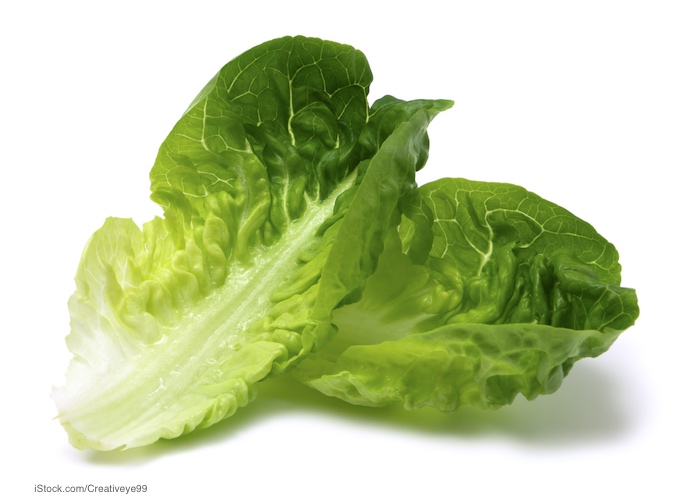The FDA released a statement on May 9, 2018, saying that the Arizona Leafy GreenS marketing Agreement administered by the Arizona Department of Agriculture has confirmed that romaine lettuce is no longer being produced and distributed from the Yuma, Arizona growing region. This is the area that produced the lettuce linked to a multistate E. coli O157:H7 HUS outbreak that has sickened 149 people in 29 states. Seventeen of those patients have developed hemolytic uremic syndrome (HUS), which can destroy the kidneys.

But the lettuce has a 21-day shelf life. That means it could still be available in restaurants and supermarkets, and consumers could still have it in their homes. The government can not be certain that romaine lettuce from that region is no longer in the supply chain.
The FDA and CDC are still investigating the illnesses related to romaine lettuce. Officials are trying to identify multiple distribution channels that could explain why the outbreak is spread across the country. They are also tracing back from multiple groups of patients in different geographic areas.
One farm, Harrison Farms, was identified as the source of the whole-head romaine lettuce that sickened people at the Anvil Mountain Correctional Facility in Nome, Alaska. But, no one know where in the supply chain the contamination occurred. It could have been in the field, during harvest, during processing, or during shipping.
Most of the people sickened in this outbreak ate chopped romaine lettuce. Many patients at the lettuce at restaurants. Until the FDA and CDC declare this E. coli O157:H7 HUS outbreak over, it’s better to avoid romaine lettuce unless you know for sure it didn’t come from Yuma, Arizona. And that’s hard to do. Most packages of lettuce and salad mix do not put the growing area on the label.
Traceback doesn’t indicate that Harrison Farms provided any of the lettuce that sickened people outside Alaska. All of the lettuce from that farm was harvested from March 5 through March 16, 2018, and is past the shelf life. And the growing season in that area is over. Romaine lettuce grows there during November to March every year.
The symptoms of an E. coli O157:H7 infection include severe and painful stomach and abdominal cramps, and diarrhea that is bloody or watery. Most people don’t have a fever. The main symptom of HUS is greatly reduced urine output. Patients are usually lethargic, with pale skin and easy bruising. Anyone experiencing these symptoms should see a doctor immediately.




